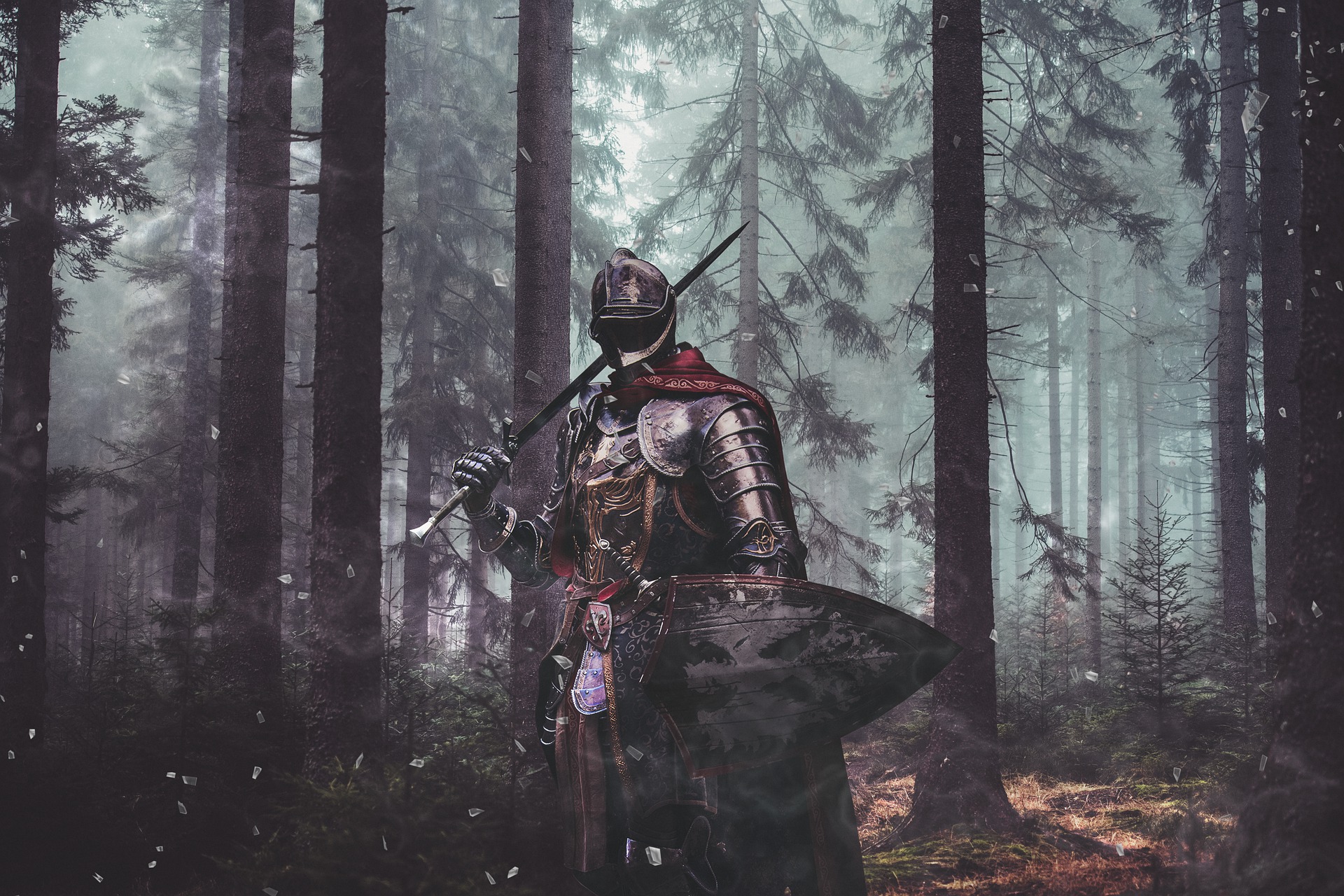On the Shaolin Kempo message board (sponsored by Yahoo! Groups and moderated by Golden Leopard Kempo), an interesting question was brought up years ago. Below is an elaboration on my answer regarding the evolution of Kajukenbo into Shaolin Kempo Karate.
Fluid Thought in Kajukenbo
Most Kajukenbo practitioners are taught to learn what works and discard what doesn’t. Many continue to evolve their personal expression of the art as they advance, either by cross-training, exploration or both.

This led to the development of Kajukenbo offshoots. There are four officially recognized spin-offs of Kajukenbo created by first generation students. Namely Kenpo Karate, Tum Pai, Ch’uan Fa, and Wup Kuen Do.
My experience with Prof. Blue, a noted Kajukenbo and Karazenpo Go Shinjutsu master, has supported this philosophy. Prof. Blue told me you should always “roll your own” as he did — modifying his training to suit his needs.
Therefore, it is safe to say each school of Kajukenbo is different from others. Some have tried to standardize their methods like the Hard-style Emperado method or the Gaylord method. Other schools just go with the flow, Hawaiian style.
Evolution from Kajukenbo to Shaolin Kempo
Prof. John Leoning, who was constantly modifying his style of Kajukenbo, influenced Grandmaster Sonny Gascon. Charles Fisher writes on his website, “Sifu Leoning used to change the sets all the time, so if you were [gone] any length of time and when you returned to class, you had to learn the sets all over again.” I assume this philosophy transferred to the young Grandmaster Sonny Gascon, especially since Prof. Leoning inspired many of the modifications.
Grandmaster Pesare continued to learn other arts, which in turn influenced his personal expression of Karazenpo Go Shinjutsu. He was a student of Grandmaster Sonny Gascon when Prof. Leoning used to visit. Therefore, he was exposed to the fluid thought process of Kajukenbo masters.
Prof. Cerio continued to learn other arts, including a short study with Prof. Chow. Just like Grandmaster Pesare, his teacher, this fluid thought and functionality surely made its way into Prof. Cerio’s art.
These early masters “…liked using the term Shaolin Kempo to describe the new system. This was a term, which reflected upon the use by Professor Chow.” [J. Madriaga, History of Shaolin Kempo] On the East Coast, this name Shaolin Kempo fell into common usage.
Grandmaster Villari continued to learn from Master Su and Master Chu in Indonesia, where he earned his 3rd, 4th and 5th degree black belt in Chinese Boxing, respectively. [Black Belt Magazine, 1974] He added to the system, to his liking. A trait that he shared with the masters in his lineage. Grandmaster Villari opened a very large chain of schools across the country–thereby introducing his personal expression of Kempo to thousands of people. His contribution to the martial arts is extraordinary.
What are the common characteristics of Shaolin Kempo?
1. Katas (usually called 1 kata to 6 kata)
2. Punch counters or defense maneuvers (often-called Combinations)
3. Escapes or grab defenses
4. Club and knife defenses
5. Mat work and throws
6. Higher, more mobile stances
Which is the REAL Shaolin Kempo?
I don’t think there is a real Shaolin Kempo. Each master has introduced their own personality unto their teachings, which is carried on by their students who become instructors. No one master is the holder of all that is Shaolin Kempo. None of the masters that I have met have all had pieces of the art. Some have more than others do. This is not to diminish their skills or contributions; it’s just an observation.
Whether or not this is good or bad is a personal choice. These variations don’t make a school any more or less “true” Shaolin Kempo. The art is the fundamental-truths about combat, biomechanics and mental fortitude. Like its forefather, Kajukenbo, the art of Shaolin Kempo comes from the body, mind and spirit of its practitioners. Each person becomes the art, and the art is each person. Pick a flavor, and explore all possibilities.



